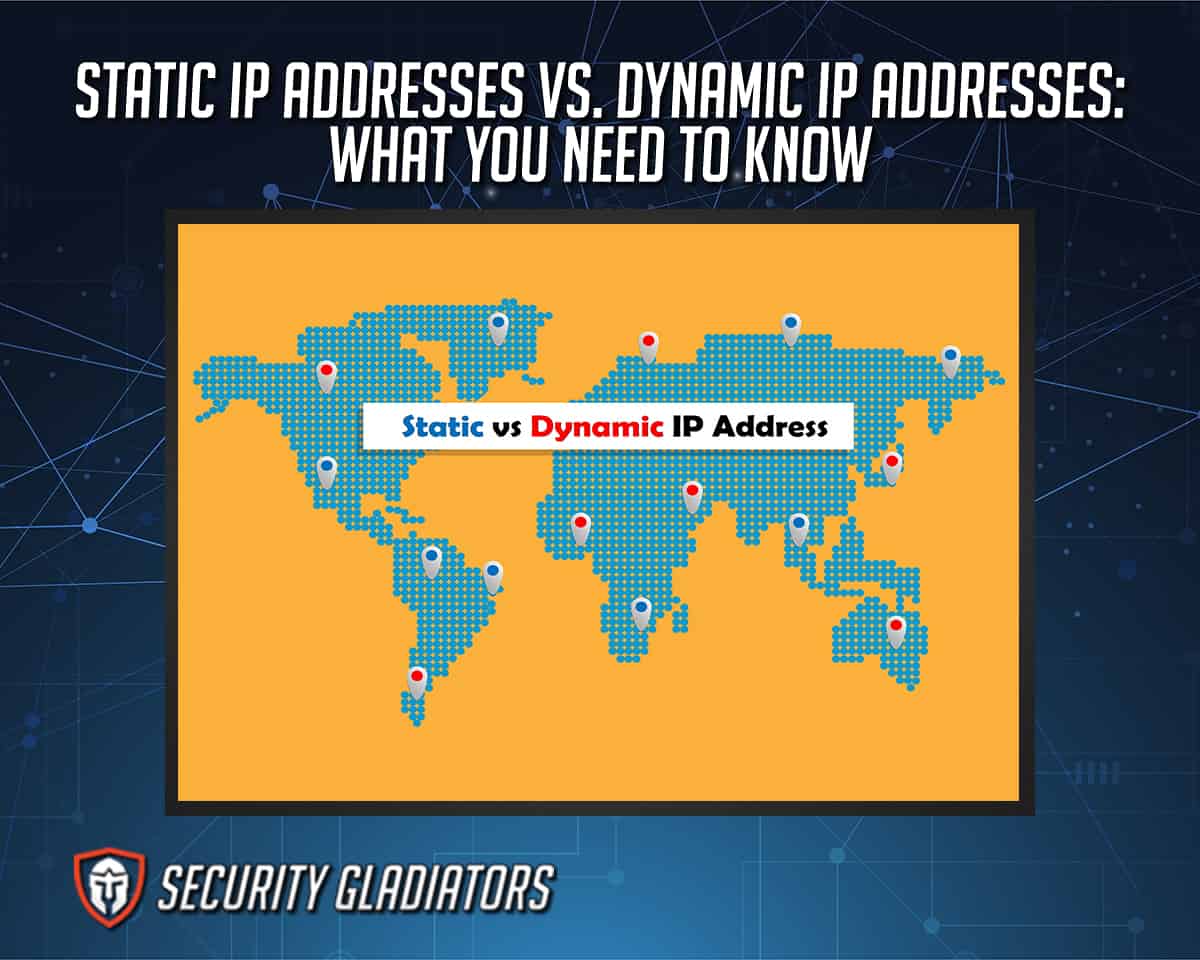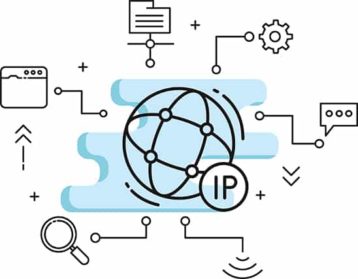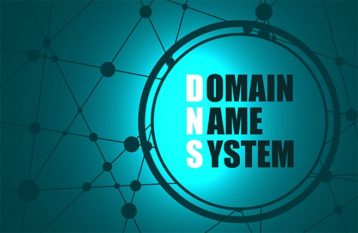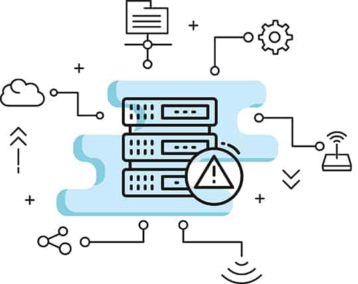The Internet Protocol is the universal language for all devices to communicate with one another. Any internet-connected gadget, be it a tablet, computer, smartphone, baby monitor, smart lightbulb, or thermostat, has an internet number or address that allows the device to connect to and communicate with other devices, following a set of rules or protocols. Websites like Netflix and Amazon also use Internet Protocol addresses to communicate with devices and provide them the data they want. Because names are easier to remember and enable customers to find the service more readily, websites utilize their domain names (such as Netflix.com or Amazon.com) rather than their IP addresses. If not, internet users would need to write a long string of numbers each time they intend to access a website.

Table of Contents
What is a Static IP Address?
When a device tries to connect to the Internet, an ISP assigns the device an IP address which could be static or dynamic. A static IP address stays constant from the moment the address is assigned to a device.
Note:
When connecting to the Internet, a device with a static IP address maintains the same IP address. Gaming, hosting websites, and VoIP services benefit from static IP addresses as they provide more speed and dependability. Systems using static IP addresses are, however, more susceptible to data mining and security risks because they have fixed addresses.What is a Dynamic IP Address?

In contrast to static IP addresses, dynamic IP addresses change periodically. Since it is more affordable for Internet Service Providers (ISPs) to give their customers dynamic IP addresses, most home networks are equipped with one.
Instead of allocating a fixed IP address to home networks, ISPs will assign each home an IP address from a pool of addresses. This IP address is added back to the collection after a few days, weeks, or even months, and the home gets a new one.
What are the types of IP Address?
Four types of IP addresses exist, namely, private, public, static, and dynamic. While the terms public and private describe where a network is located—the public is used outside of a network, while a private IP is used inside—the terms static and dynamic denote permanence.
How to configure Static and Dynamic IP addresses
Although it is strongly advised for end-users to use a static IP address because the setup never changes, some users opt to convert to dynamic. To do that, first:

- Launch the control panel.
- Go to Network and Internet, then click on Network and Sharing Center.
- Click on change adapter settings on the left plane.
- A list of all network adapters (WiFi and Ethernet) will pop up. Right-click on the adapter to which the device is currently connected and select properties.
- On the properties menu, scroll down to Internet Protocol Version 4 (TCP/IPv4) option. Select it, then click on properties.
- In the properties box, activate the “Obtain the following DNS server address automatically” option, then click ok to save the changes.
To switch from dynamic to Static, follow the same steps. Instead of activating the “Obtain the following DNS server address automatically” option, click on “Use the following IP address.” When prompted, input the IP address, default gateway, and subnet mask.
How to identify which IP address you have?
The simplest way to determine the IP address a device uses is through the windows command prompt. To run the command prompt, right-click on the menu button and select the command prompt option. Once the window pops up, type in “ipconfig /all,” then hit enter. Remember to give a space between ipconfig and /all. After executing the command, the information about the various network adapters will be displayed. Locate the one the device is currently connected to (WiFi or Ethernet), then scroll down till “DHCP Enabled” is in view. The words next to it determine the state of the IP address. If the DHCP enabled reads yes, then the IP address is dynamic, but if it reads no, then the address is a static IP address.
What are the advantages of using Static IP Address and Dynamic IP Address?
Advantages Of Static IP Addresses

- Improved DNS support: DNS servers make managing and configuring static IP addresses easier.
- Simpler remote access: It is simpler to work remotely with remote access tools such as a VPN when an IP address is static.
- Server hosting: Having a static IP address makes it simpler for clients to discover a business via DNS if the company hosts an email server, web server, or any other server type. Therefore, practically speaking, customers with a static IP address can access services and websites faster.
- Higher quality geolocation services: Services can associate an IP address with a specific place when it has a static IP address.
- More reliable communication: Static IP addresses make VoIP for voice and video communications easy to use.
Advantages of Dynamic IP Addresses
- Easy to configure: When a device has a dynamic IP address, the DHCP server immediately allocates the next available IP address to the device, so the user never has to do anything.
- Lower fees: Using a dynamic IP address usually results in financial savings.
- Better physical security: Dynamic IP addresses provide better security against snoopers.
What are the disadvantages of using Static IP Address and Dynamic IP Address?
Disadvantages of Static IP Addresses
- Less Secure: Static IP addresses are more prone to attack since hackers can quickly pinpoint a server’s location.
- Higher cost: Static IP addresses typically carry a higher price from ISPs, especially with individual ISP plans. Most ISPs, however, generally offer it as a feature on business plans for an even higher cost.
Disadvantages of Dynamic IP Addresses

- Unlikely to work well for hosted services: Using a dynamic IP address could cause issues for anyone planning to host a website, an email server, or something similar. Dynamic IP addresses don’t always work well with DNSs due to the constantly changing nature of a dynamic Ip address. This issue can be solved with Dynamic DNS services. However, this route is more expensive and sophisticated.
- Lower geolocation accuracy: Due to the possibility of maintaining a dynamic IP address that no longer accurately matches your real-world location, dynamic IP addresses might cause geolocation systems to malfunction.
- Potentially more downtime: Although rare, there are situations when an ISP cannot give a device a dynamic IP. The internet connection can be disrupted by this. For a single customer, that might be a brief nuisance, but for businesses, it could result in downtime and financial loss.
- Limited remote access: Certain remote access software may find it difficult to connect to a dynamic IP address.
What is the difference between Static IP Addresses vs. Dynamic IP Addresses?
Static IP addresses are provided by an internet service provider, while dynamic IPs are provided by a dynamic host configuration protocol. Static IP addresses are less secure, while dynamic IPs are associated with less risk. Because static IP addresses never change, static IP addresses cannot be altered or modified once assigned. Dynamic IP addresses might change at any time.
What are the similarities between Static IP Addresses vs. Dynamic IP Addresses?
The user’s location is the only similarity between dynamic and static IP addresses. Both dynamic and static IP addresses are publicly available and give the user’s city and ZIP code.
Is it possible to change your IP address?
Yes, the IP address on any device can be changed. There are several ways to change an IP address, such as using a VPN, modifying the IP address with a proxy, or changing the IP address with Tor. Here are more details on how to change IP address to another country.

